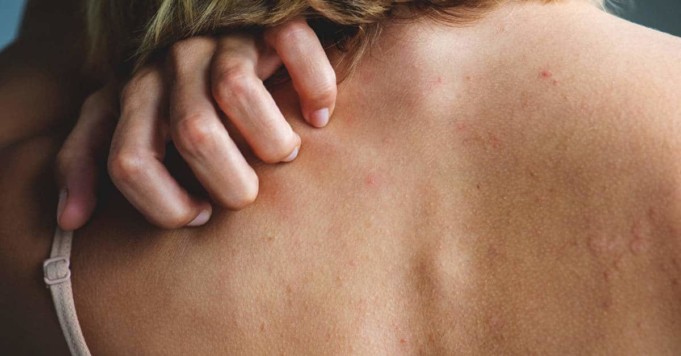A drug rash, also called a drug reaction or drug eruption, is a skin condition triggered by medication. A drug rash can manifest itself in any form, and any medicine can cause it.
Who’s at risk of getting a drug rash?
Drug rashes can show up on any person’s body regardless of age, race, or gender. However, it has been discovered that women are highly likely to develop drug rashes than men, and these skin breakouts tend to occur more frequently in older people.
What are the factors that predispose a person to develop a drug rash?
- A Weakened immune system caused by an underlying illness or a medication
- An underlying infection
- Taking more than three different medicines daily
Although any medication can indeed cause a drug reaction, the most common types of medications known to trigger a drug rash include:
- Anti-inflammatory medicines, such as naproxen, ibuprofen, or indomethacin
- Antibiotics, such as penicillin or sulfa drugs
- Painkillers, such as morphine or codeine
- Seizure medications (anti-convulsants), such as carbamazepine or phenytoin
- Chemotherapy agents
- Medicines for psychiatric illnesses (psychotropic medications)
- Diuretics
- Iodine, especially that found in X-ray contrast dye
Signs and Symptoms of drug rash
Drug rashes can show up as a wide range of skin rashes, including blisters, pink to red bumps, red patches, hives, pus-filled bumps (pustules), or even sensitivity to sunlight.
Drug eruptions may cover the entire skin surface, or they may appear in one or a few body parts. Itching is a common symptom with several drug rashes.
However, if there is a fever, the patient’s skin is tender, or you find out that the membranes inside genitalia or the mouth are involved, then the person may be dealing with a more severe skin condition.
What are possible drug rash Self-Care Guidelines?
For cases where the drug rash is widespread or severe, we do not recommend self-care. Call your medical practitioner immediately or call your country’s emergency services, depending on how severe your symptoms are.
If you have a mild or limited drug rash, there is no harm in trying the following measures:
- Take cool showers or apply cool compresses.
- Apply calamine lotion.
- Take an antihistamine, such as diphenhydramine.
When should I Seek Medical Care?
Whenever you start taking a new medication, and you notice any rash, you must notify the pharmacist or the doctor who prescribed the drug.
If you also notice that you have difficulty breathing, the swelling of your lips, tongue, throat, or face, rapid heart rate, and a drug rash, you should get emergency care.
Make a list of all of the medications you have been taking, including prescription and over-the-counter drugs as well as vitamins, topical creams, and herbal or homeopathic remedies for your doctor.
Make sure that you also include medicines that you may take only once in a while. If possible, try to write down when you started taking each of the medications. Also, try to recall any past reactions you might have had to foods or medicines.
What treatments will Your Physician Likely Prescribe?
If your doctor suspects that you have a drug rash, he or she may have to establish the right diagnosis by doing a biopsy of the reaction. The procedure usually involves:
- Numbing the patient’s skin with an injectable anesthetic.
- Sampling a little piece of skin with the use of a scalpel, a flexible razor blade, or a tiny cookie cutter (known as a “punch biopsy”). If the doctor takes a punch biopsy, a suture or two may be placed and later removed within 6–14 days.
- Having the skin sample examined under the microscope by a specialist in the lab by a dermatopathologist.
- In addition to the above, your doctor may feel the need to perform blood work to identify signs of a possible allergic reaction.
What is the best treatment for a drug rash?
The best treatment for a drug rash is nothing more than stopping the medication that is responsible for it.
After you have discontinued a medicine, it may take between 5 to10 days to notice any improvement in the skin and as short as three weeks for the rash to completely disappear.
Note: Stopping any prescription medication must only be done only with a doctor’s guidance.
Other treatments that may you may find helpful include:
- Oral antihistamine pills, such as diphenhydramine, fexofenadine, loratadine, hydroxyzine, cetirizine, or desloratadine, for itching.
- Topical corticosteroid (cortisone) creams or lotions for red, inflamed skin.
- Topical antibiotic ointments for open sores.
Do not forget to leave a comment below and also share this article to help others.












